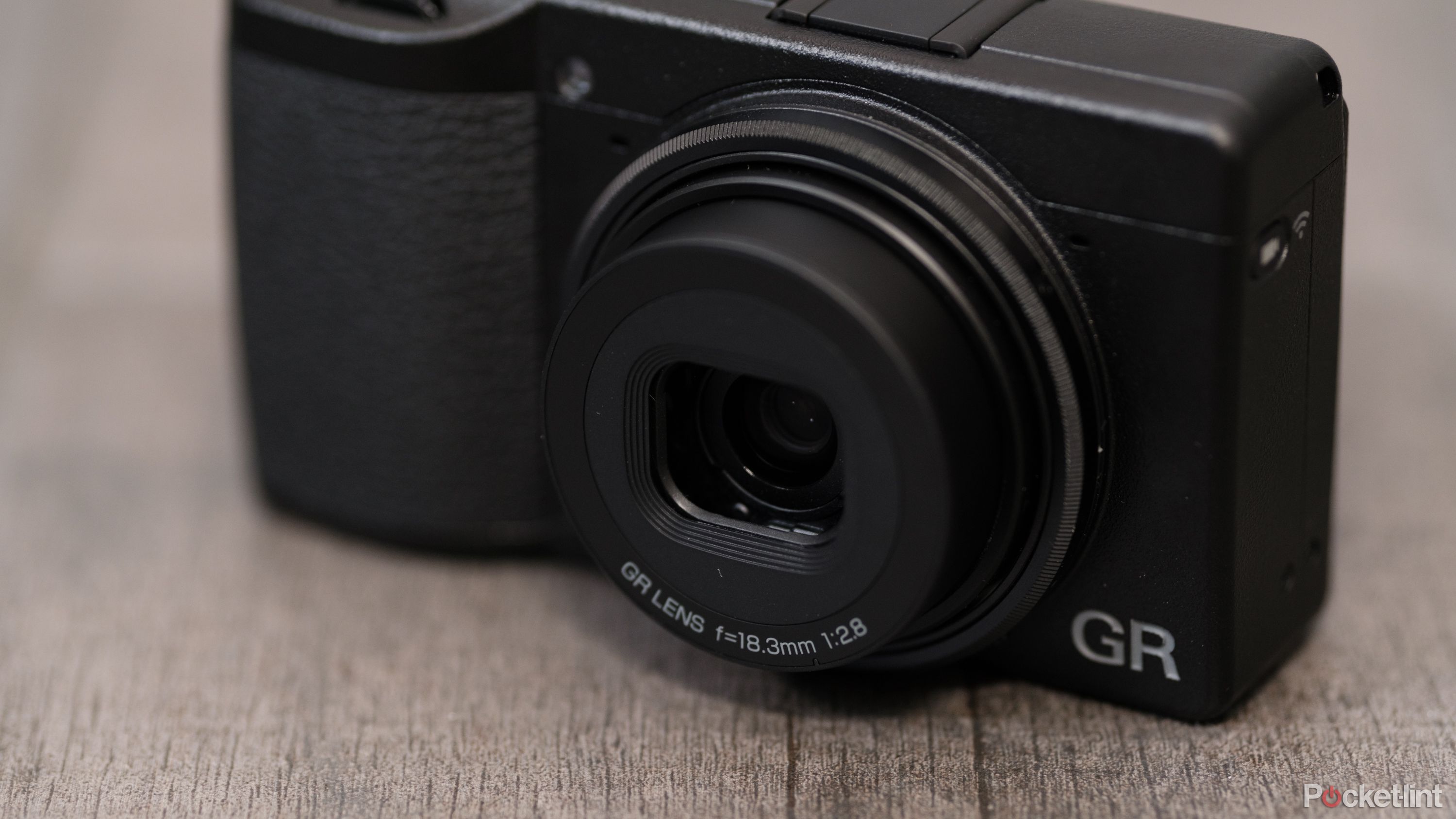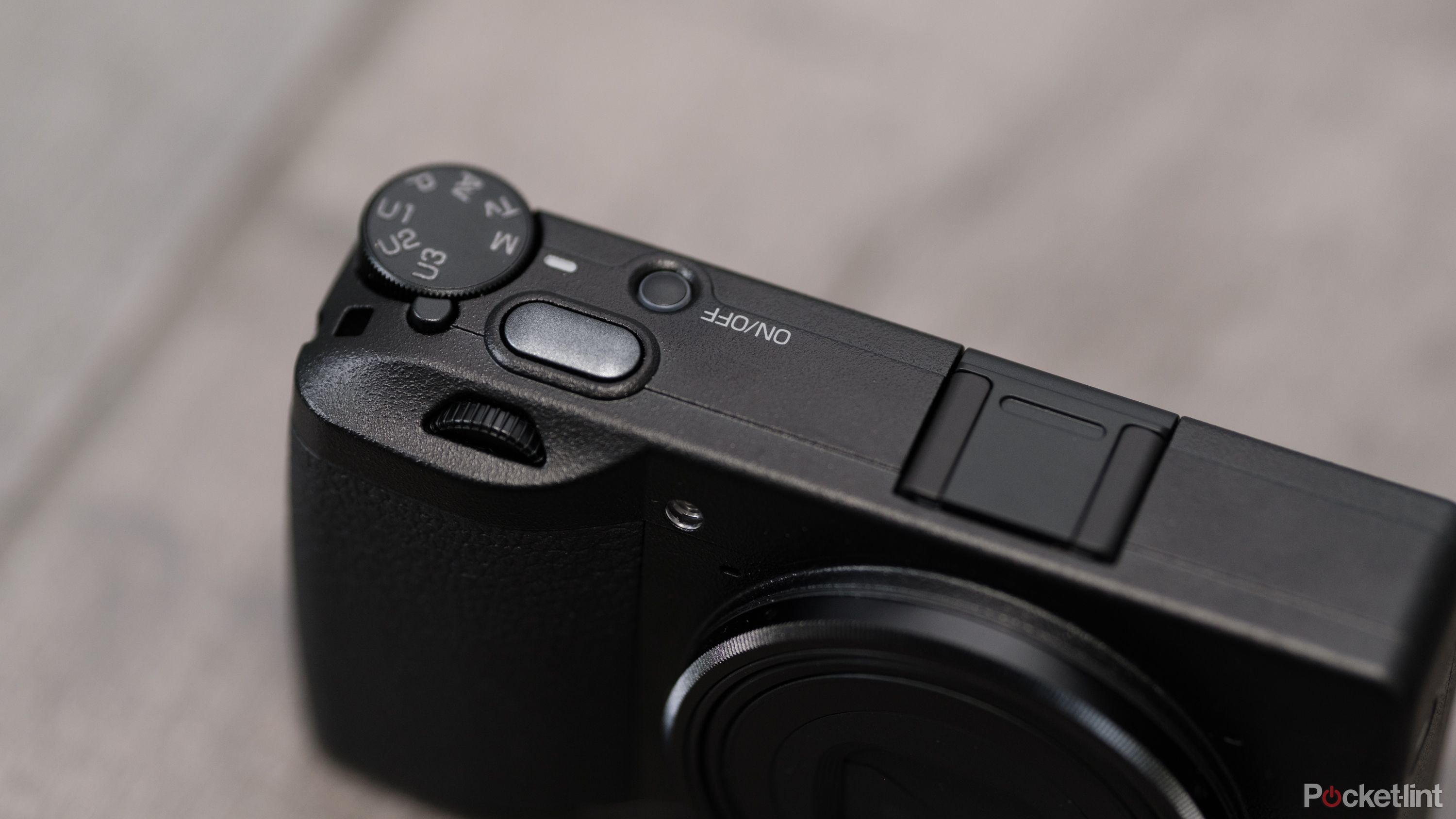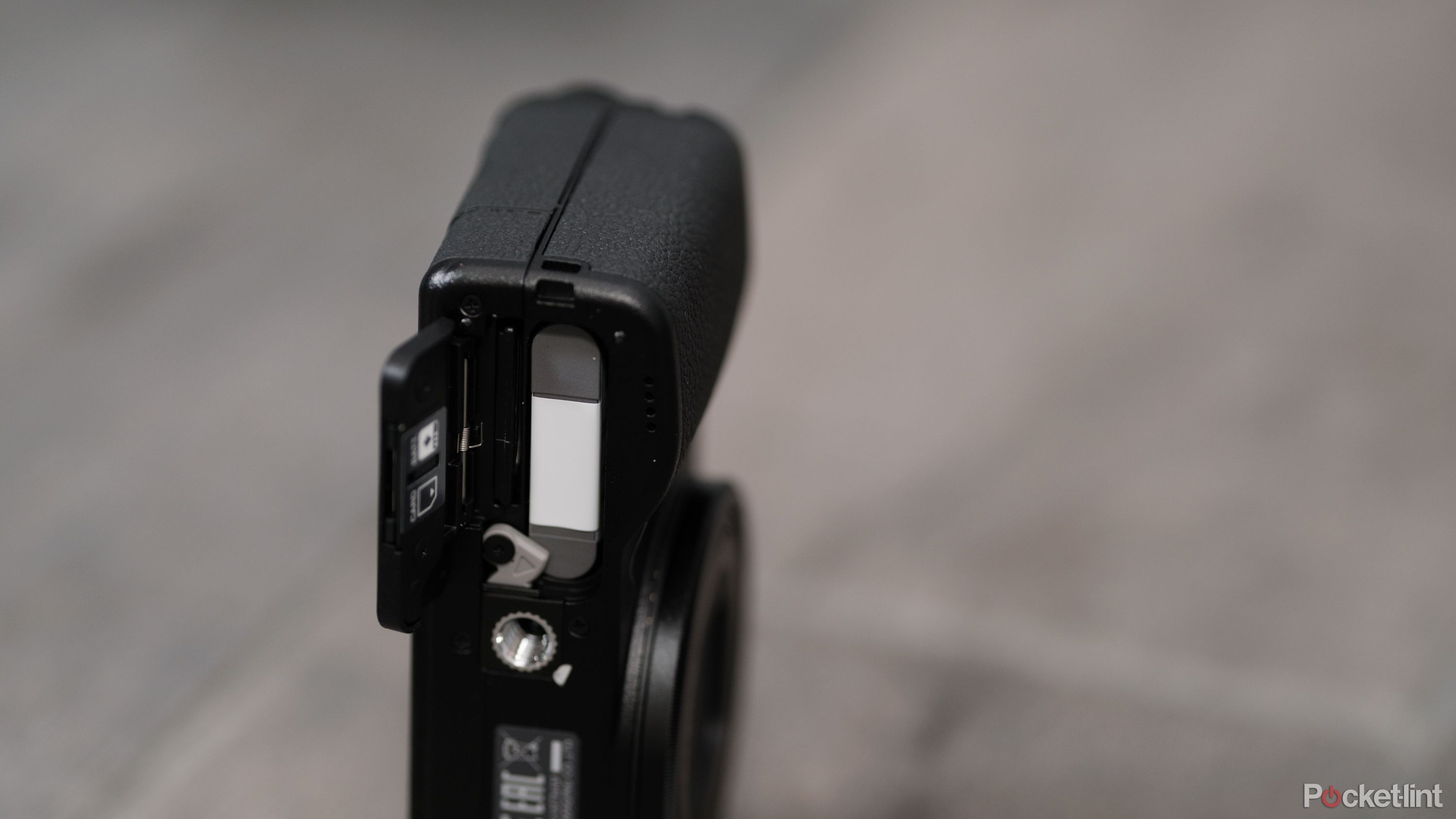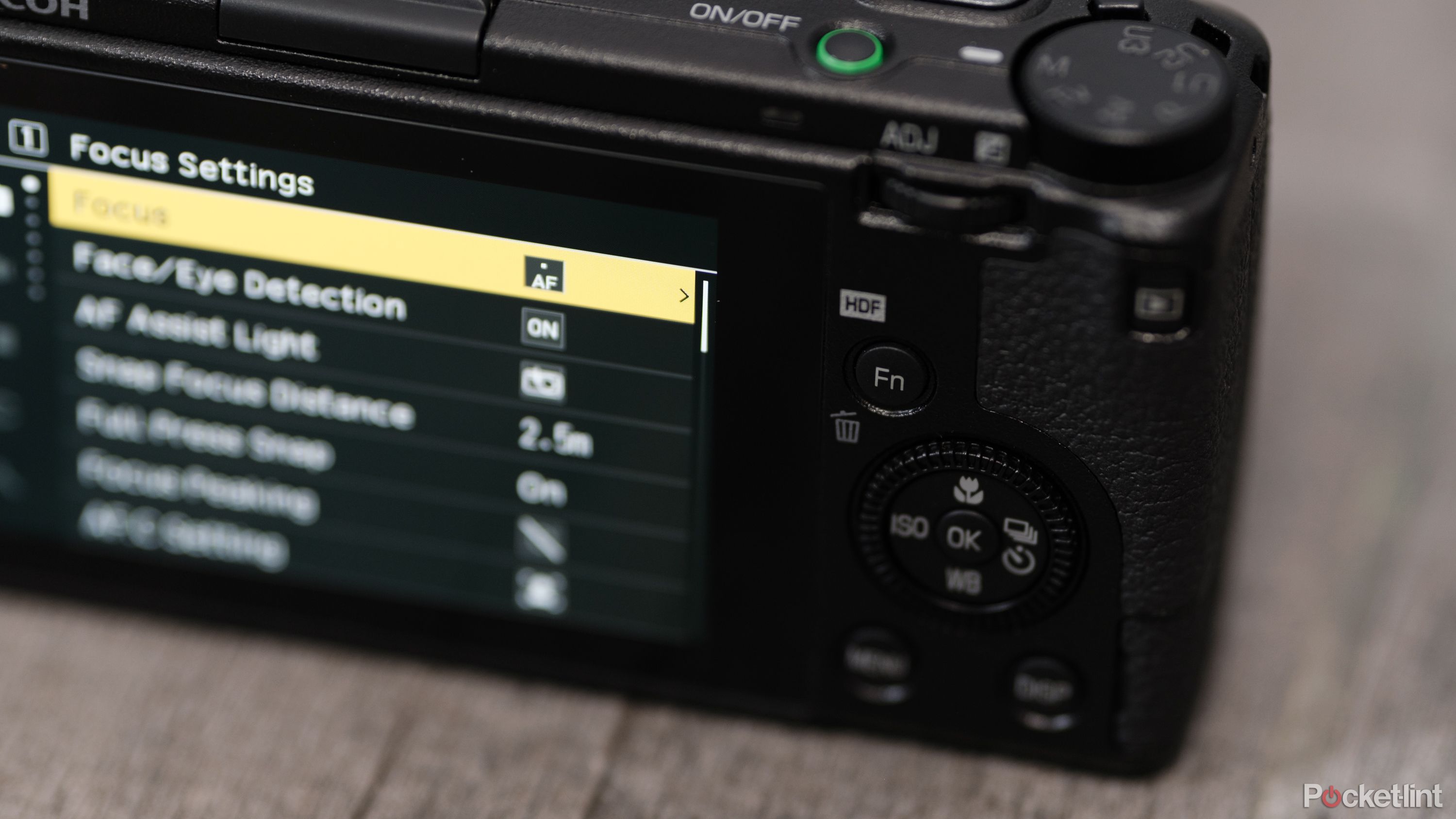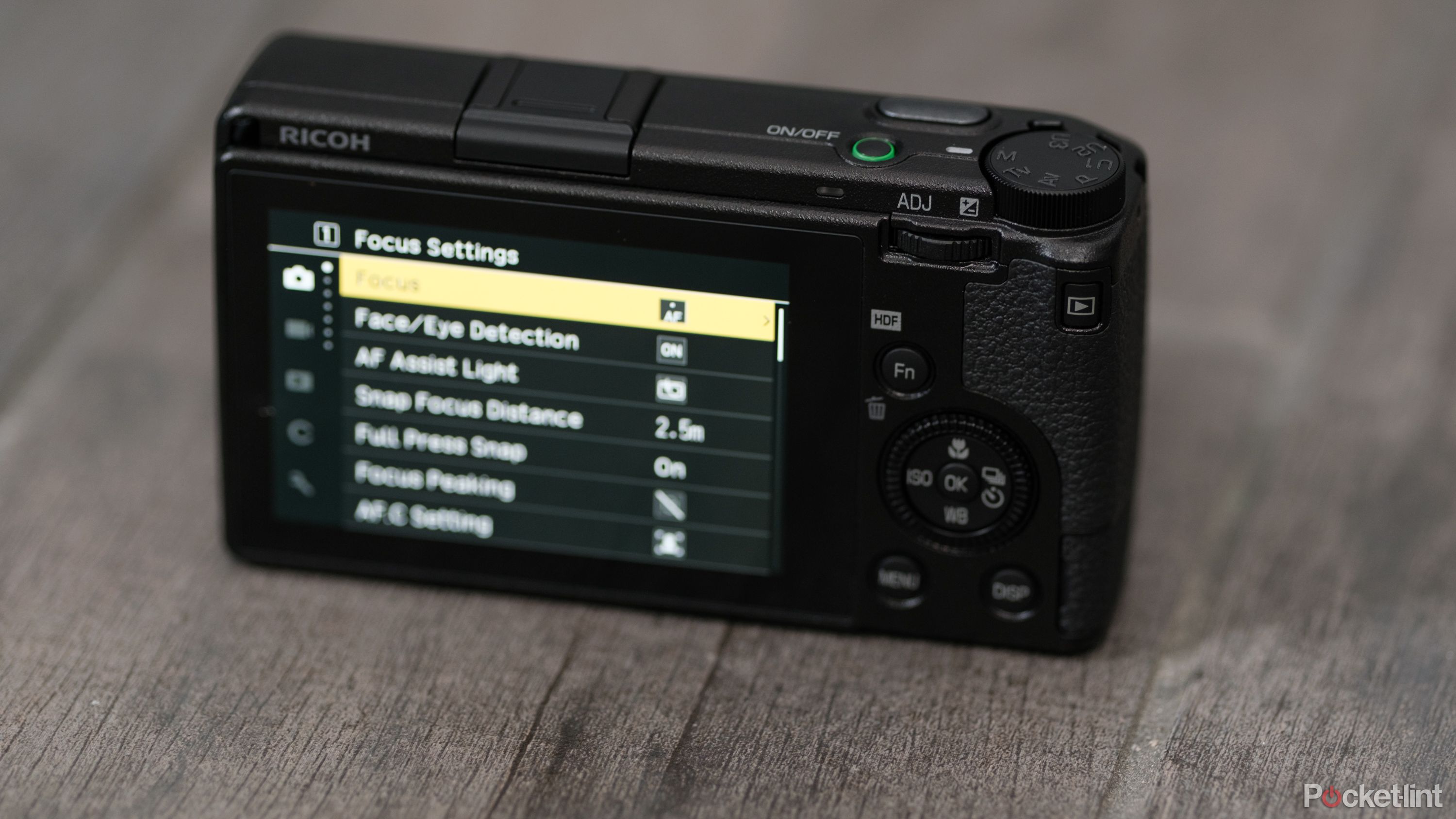Instagram is full of photographers sharing tricks for obtaining softer, more cinematic photos, like using nylons, bubble wrap, or plastic baggies over the lens. But what if digital cameras could go from sharp to soft at the press of a button? Ricoh asked that question, then answered with the Ricoh GR III HDF.
… has a built-in filter that creates softer images and spreads out the highlights for a more cinematic, timeless look.
The HDF in the name stands for highlight diffusion filter. The compact camera has a built-in filter that creates softer images and spreads out the highlights for a more cinematic, timeless look. While the filter is built in, a button turns the effect on and off, effectively allowing photographers to go from sharp to soft and back again without any accessories.
Best compact cameras: Pint-sized cameras for video, photos, and vlogging
Whether you need a travel camera with a long zoom range, a video performer or a stealthy street photography snapper, we’ve got you covered.
While the HDF feature is unique, the camera is otherwise largely unchanged from the original 2019 GR III. That means that the key tech inside, like the sensor, processor and lens, is now around five years old. Longtime fans of Ricoh’s compact GR series may be left disappointed.
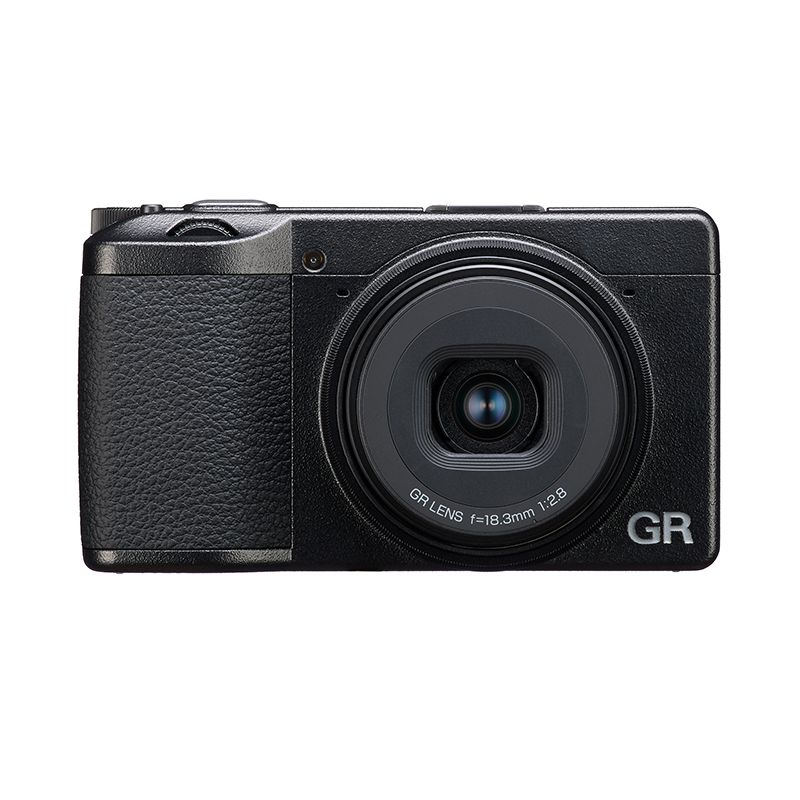
Ricoh GR III HDF
Advanced compact camera
A unique portable camera for travel and street photography
The Ricoh GR III HDF is a compact camera capable of taking cinematic images, thanks to the APS-C sensor and a built-in diffusion filter. While the highlight diffusion filter adds a unique, artsy look, the rest of the hardware is identical to the original GR III. While the camera is a solid tool for travel and street photography, it lacks action capabilities with a slower burst speed and autofocus system.
- Large, 24 megapixel APS-C sensor
- Unique built-in highlight diffusion filter
- Compact design
- Bright f2.8 lens
- Slow 4 fps burst and autofocus
- No viewfinder and only one USB-C port
- 1080p video only
Price, specs and availability
Ricoh announced the GR III HDF in March 2024 alongside the GR IIIx HDF. Availability followed in April, with the camera listed for $1,069.95.
Ricoh GR III HDF
- Brand
- Ricoh
- Sensor Size
- APS-C
- Video Resolution
- 1,920 x 1,080
- Photo Resolution
- 24.24 Megapixel (6,000 x 4,000)
- Battery
- 200 shots
- Connection
- Bluetooth and Wi-Fi
- Size
- 4.3 x 2.4 x 1.3 inches
- Weight
- 9.7oz With Battery, Recording Media
- Water Resistance
- None
- Lens
- 18.3mm f2.8
- Burst speed
- 4 fps
- Autofocus
- Hybrid phase and contrast detection
Design, size, weight, and materials
The Ricoh GR III HDF is a true compact
A lot of cameras claim to be pocketable, but with the Ricoh GR III HDF, that’s not marketing hype. The camera is shorter and narrower than my iPhone 15 Pro, though more than twice as thick. Measuring 4.3 inches on the longest side and about 1.3 inches thick, it weighs about nine ounces.
That pocketable size doesn’t leave as much room for controls, but all the essentials are there.
That pocketable size doesn’t leave as much room for controls, but all the essentials are there. With two control dials and an ISO shortcut at the back, photographers have quick access to all three points of the exposure triangle. The Fn button is reserved for the HDF or highlight diffusion filter, but like the other buttons, this can be customized to control something else.
The touchscreen is large for the size of the camera, though unfortunately, there’s no tilt feature. The compact design also omits the viewfinder. But, if the latter is a dealbreaker, Ricoh sells an add-on.
The Ricoh GR III HDF also isn’t rich in ports either. The only port is a micro USB.
The new HDF feature can be added to nearly any camera using a screw-in filter. But, as a compact camera, the GR III lacks the lens screws to accommodate such accessories. You can get an adapter to use with the camera, but it then becomes much less portable. Sadly, the Ricoh GR III HDF lacks weather-sealing, so it’s not the camera to take in the rain or to the beach. (The sample images taken in the rain were instead taken from inside a car).
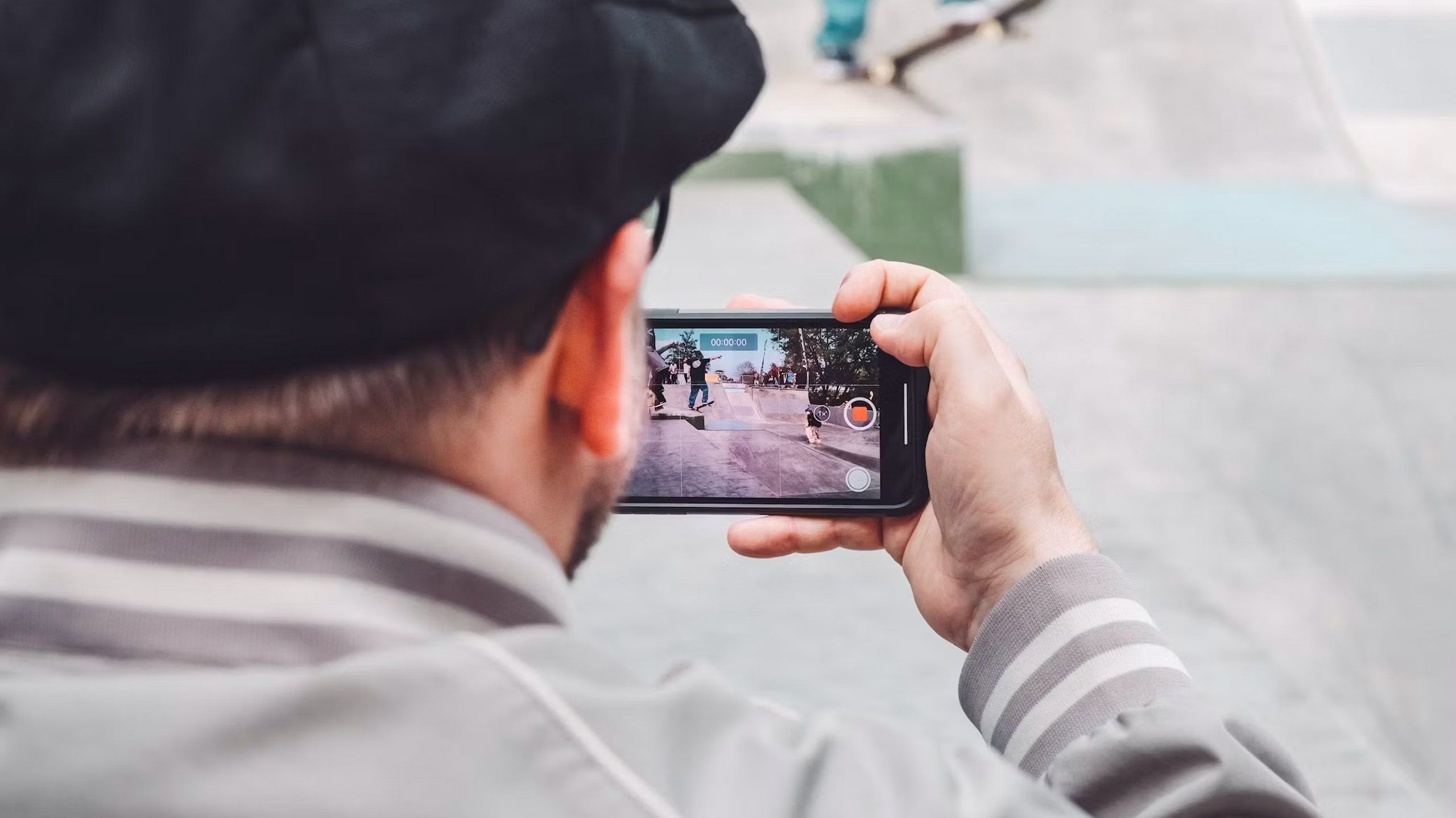
How I take action shots with my phone, and 5 gadgets that help
These tools and tips will help you immortalize a moment.
Photo and video performance
The Ricoh GR III HDF isn’t built for action
The Ricoh GR III HDF is designed to be a compact, unobtrusive camera for street photography and travel — and that shows in the camera’s performance. The GR III HDF isn’t the camera that you’ll pick up if you want to shoot a little bit of everything.
The compact size, image quality and features like Snap Focus work well for street and landscape.
The compact size, image quality and features like Snap Focus work well for street and landscape. But, turn the GR III HDF on kids or pets, and you will likely end up frustrated, disappointed, or both. The burst speed maxes out at 4 fps, considerably lower than other cameras and even smartphones. The autofocus similarly had trouble keeping up with my dog.
While the camera isn’t meant for action, it’s not quite a one-trick pony.
While the camera isn’t meant for action, it’s not quite a one-trick pony. The lens can focus as close as about 2.3 inches away. That excellent macro mode adds some much-needed versatility. Similarly, it’s not a camera that you’d pick up exclusively for video, as it lacks 4K and recording time is limited to 25 minutes. The lack of ports is also a downside for video, with no mic port. But, that HDF effect does work nicely on video.
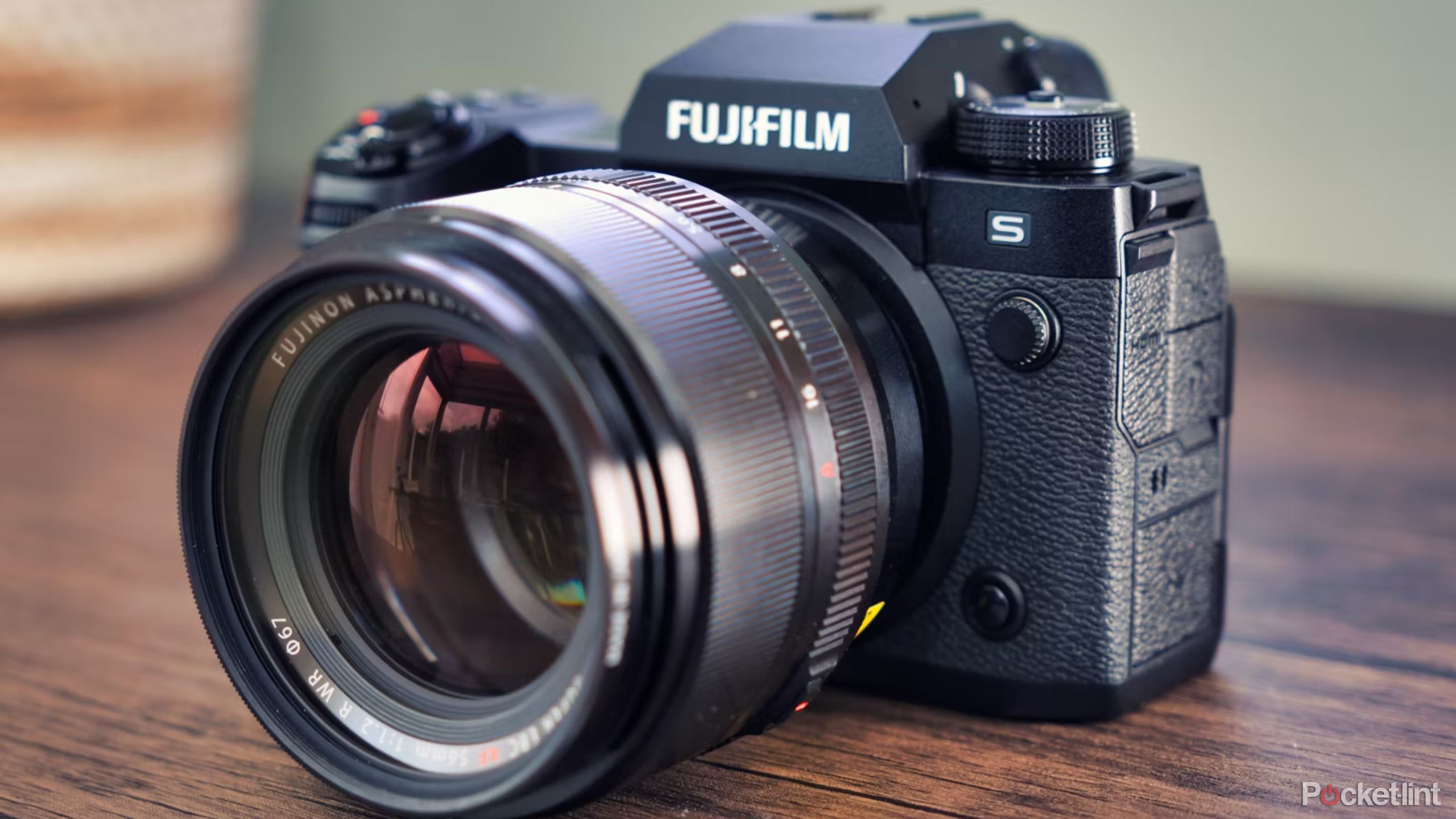
DSLR vs mirrorless cameras: Which is worth buying new in 2024?
DSLR cameras ruled for many years, but mirrorless cameras have taken the throne with the most advanced technology.
Image Quality
The Ricoh GR III HDF proves sharper isn’t always better
Cameras and lenses have been trending towards the scientifically sharp, but the Ricoh GR III HDF proves that sharper isn’t always better. The HDF in the name stands for highlight diffusion filter, an internal filter that can be turned on and off at the press of a button. The HDF softens highlights and light sources. Direct it towards car headlights, for example, and the lights will appear to have a larger spread than with the filter off.
While the effect is most noticeable directed towards light sources, HDF photos have a generally softer feel with less sharpness than the unfiltered images. Super sharp details aren’t always a good thing. With the Ricoh GR III HDF, photographers have access to both sharp and soft photos.
Highlight diffusion isn’t something that’s only on this camera — you can buy a mist filter or soft filter to add to nearly any mirrorless camera. What sets the Ricoh model apart is that you can get this effect in a tiny camera, without adding a bulky adapter or remembering to pack any filters.
While the Ricoh GR III HDF exchanges the prior model’s ND filter for highlight diffusion, none of the other hardware changes, so images without the HDF applied will look identical to that of the original GR III. The compact camera houses a 24-megapixel APS-C sensor. The resolution delivers a good mix of details and grain. At ISO 3200, noise is noticeable, but not overpowering.
The APS-C sensor mixed with the f2.8 lens is capable of delivering excellent bokeh and background blur, considering the camera’s small size. The 35mm equivalent focal length of the lens is an excellent tool for wide shots in street and landscape photography, plus it has an impressively close macro mode. Directed at the light, the camera can also produce some neat flare.

Ricoh GR III initial review: Tugging on those high-end heartstrings
The GR III is coming to Europe, priced £800/€900. We got to play with the high-end, fixed-lens, APS-C sensor compact to see if it still appeals.
Verdict: Should you buy the Ricoh GR III HDF?
Only if you don’t need a camera that can shoot action
Photographers who love the Ricoh GR III HDF understand what the compact camera is for — and what it isn’t for. The camera is an excellent tool for travel and street photography, thanks to its small size, excellent images, and built-in highlight diffusion filter. It’s a great choice for those looking for a simple, compact camera that offers a cinematic feel to its images.
The Ricoh GR III HDF, however, should be avoided by anyone wanting a camera that can capture a landscape one minute and an action shot the next. The burst speed and autofocus are slower than comparable cameras. The camera also isn’t much of an upgrade for photographers who own the original GR III — it simply swaps out the built-in ND for the HDF.
Other key competitors to consider include the Sony RX100 VII, which has a smaller one-inch sensor but a 20 fps burst. The Fujifilm X100 VI has the larger APS-C sensor, but with 40 megapixels, 6.2K video and a 20 fps burst. Fujifilm’s compact, however, is both larger and more expensive than the GR III HDF.
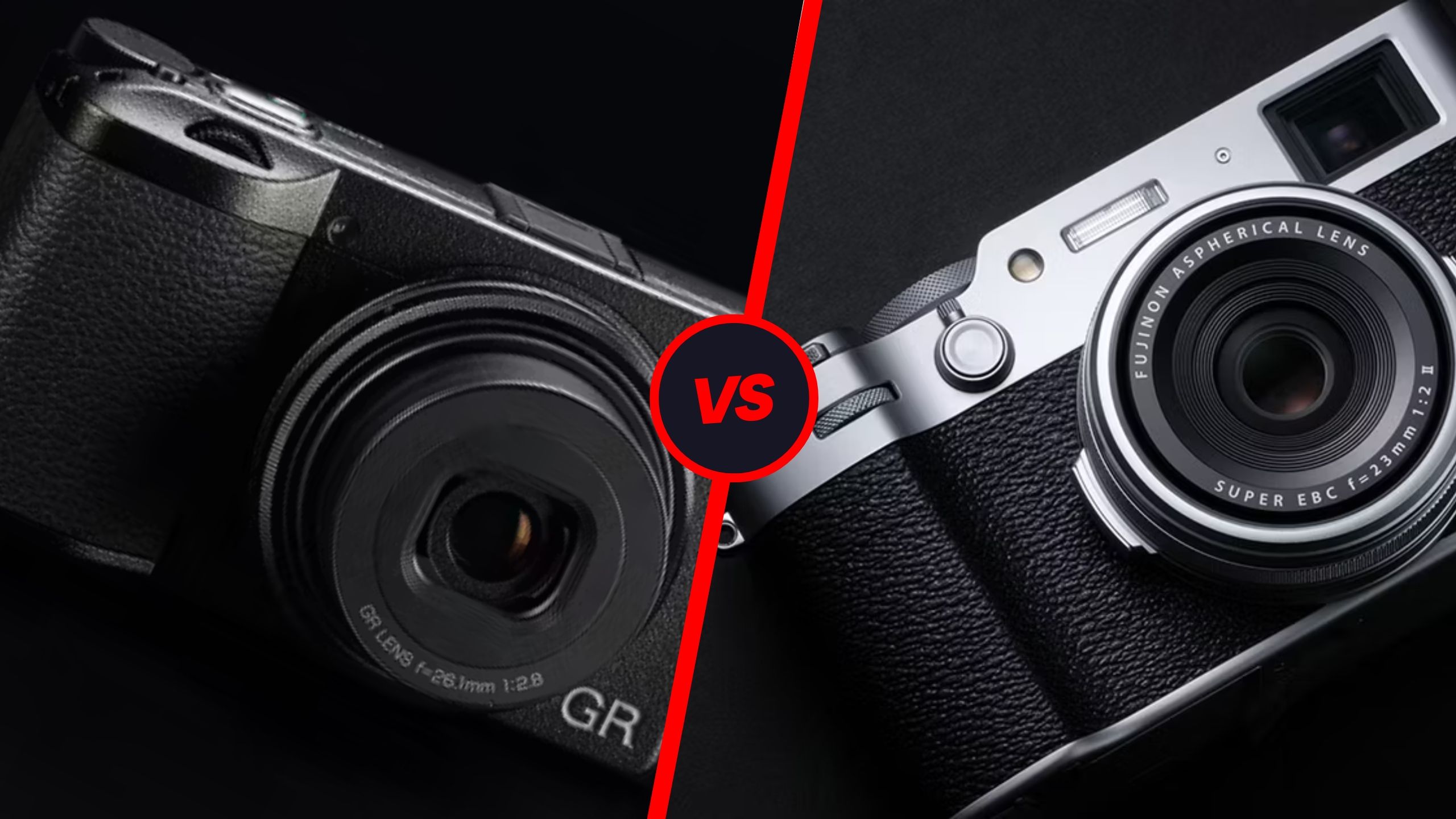
Fujifilm X100VI vs Ricoh GR III HDF vs GR IIIx: Battle of the compact camera kings
Both the Fujifilm X100VI and Ricoh GR III HDF series pack big sensors in small bodies — but which one does it better?
Trending Products

Cooler Master MasterBox Q300L Micro-ATX Tower with Magnetic Design Dust Filter, Transparent Acrylic Side Panel…

ASUS TUF Gaming GT301 ZAKU II Edition ATX mid-Tower Compact case with Tempered Glass Side Panel, Honeycomb Front Panel…

ASUS TUF Gaming GT501 Mid-Tower Computer Case for up to EATX Motherboards with USB 3.0 Front Panel Cases GT501/GRY/WITH…

be quiet! Pure Base 500DX Black, Mid Tower ATX case, ARGB, 3 pre-installed Pure Wings 2, BGW37, tempered glass window

ASUS ROG Strix Helios GX601 White Edition RGB Mid-Tower Computer Case for ATX/EATX Motherboards with tempered glass…


